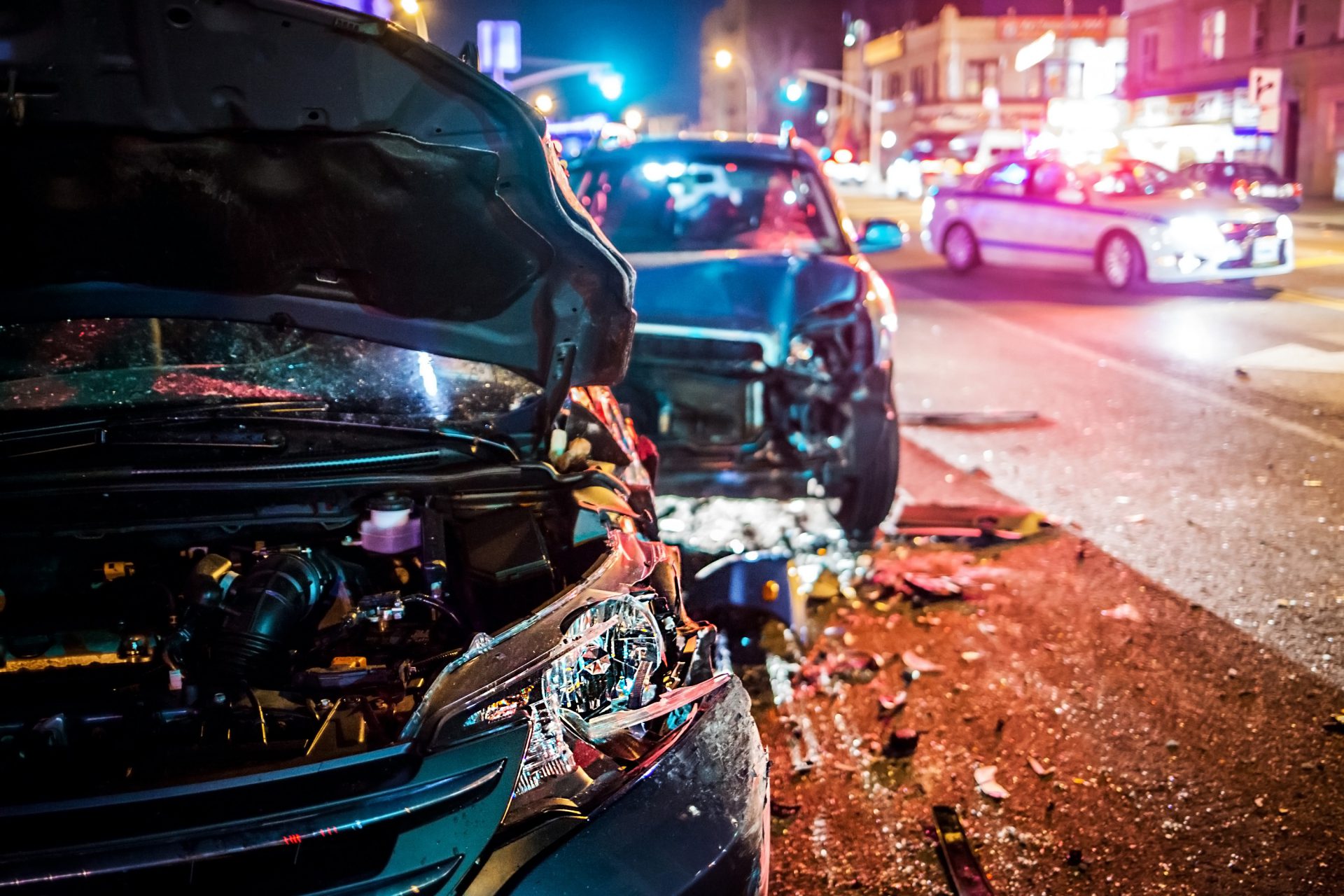

Ride-hailing services like Uber and Lyft have contributed to an increase in United States traffic deaths, according to a new study from the University of Chicago and Rice University. Both Uber and Lyft dispute the findings of the study.
Since 2011, ride-hailing services caused U.S. traffic deaths to increase by up to 3 percent, the equivalent of about 1,100 deaths per year, according to the study. Researchers attributed this in part to ride-hailing vehicles spending more time on the road than regular cars. They noted that ride-hailing drivers spend 40 percent to 60 percent of their time searching for passengers. In New York City, drivers traveled an average 2.8 miles between fares, according to the study.
In contrast, researchers found that in 2010, traffic deaths were at their lowest since 1949. But those findings come with an asterisk. The study’s authors noted that it “may bee too soon to tell whether the effect we document is a short-term adjustment or a longer-term pattern.”
Researchers compared data on the number of crash and vehicle-miles traveled for major U.S. cities. They noted an increase in both crashes and VMT in San Francisco after Uber’s launch there in 2010, and similar patterns in other cities, whether ride-hailing appeared later. There is often a correlation between increases in VMT and increases in crashes, as the more drivers are on the road, the more likely they are to have a crash. However, Uber and Lyft claimed the study was flawed.
“This study is deeply flawed, from the problematic methodology to its unjustified conclusions. Numerous studies have shown that rideshar has reduced DUIs, provided safe transportation in areas underserved by other options, and dramatically improved mobility in cities. The safety and protection of everyone on the road is our top priority,” a Lyft spokeswoman told The Drive.
Lyft criticized the study’s methodology, saying researchers did not analyze estimates of deaths and VMT together, and thus did not show whether miles driven by ride-hailing vehicles could increase safety. Lyft also noted that most major cities got ride-hailing at the same time, arguing that there was no city to serve as a control. In addition, the company claims other research has shown that VMT has plateaued or declined in recent years, and that ride-hailing can reduce drunk driving.
Uber noted that the study is a preliminary draft that has not been peer reviewed, which is standard procedure for legitimizing academic work. The company also cited a response to the study written by economist Joe Cortright.
Lyft and Uber may dispute the findings of this study, but it isn’t the only one to link ride-hailing to an increase in traffic congestion, or decreased use of public transit. The potential for increased congestion, and all of the negatives that come with that, has already led New York City to cap the number of vehicles for services like Uber and Lyft. The two companies are quickly ramping up alternative services like e-scooter and bike sharing, which provide sources of revenue that don’t involve keeping cars on the road.